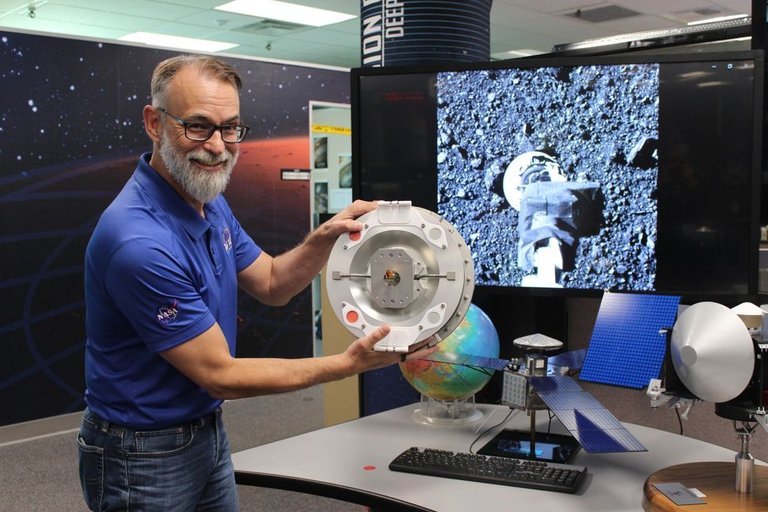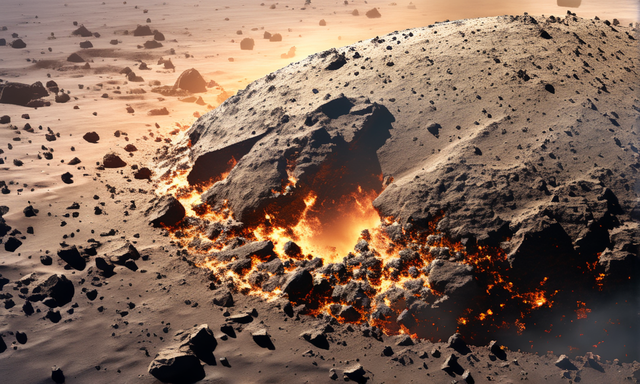In search of the origin of the Asteriode Bennu.
In search of the origin of the Asteriode Bennu.

Souce
As I already told you in previous publications, NASA, after many efforts and almost 4 months, managed to remove the two screws that were blocking the opening of the main sample container that the OSIRIS-REx mission brought to Earth on September 24, 2023 from the asteroid. Bennu.

There are two possibilities in the case of Bennu, the first, to imagine a solar system in formation with hundreds of protoplanets that would be like baby planets, most smaller than our moon, the sun back then shone less than it does now and molecules of carbon were abundant. water so there would be many of those protoplanets that would have the appearance of an icy ball, under their ice shell they would have an ocean of liquid water heated by the young core of the protoplanet, that would be an option.

The other would be the existence of larger worlds, the size of Mars or larger, with dense atmospheres and surface oceans. This could be so because at that time the solar system that was being formed was also full of asteroids that collide every so often with the protoplanets in formation, it would be like the impact that ended the era of the dinosaurs, but not every 100 million years but rather every 100 or every 200 years, the heat from these impacts would melt the icy crusts, creating worlds with dense atmospheres and sufficient heat enough to have large oceans of liquid water.
We will have to wait for the following analyzes to be able to affirm that the asteroid Bennu is the remains of one of those ancient worlds with oceans, which was destroyed billions of years ago. We cannot affirm it now, the research has only just begun.
Thank you for visiting my blog. If you like posts about #science, #planet, #politics, #rights #crypto, #traveling and discovering secrets and beauties of the #universe, feel free to Follow me as these are the topics I write about the most. Have a wonderful day and stay on this great platform :) :)
! The truth will set us free and science is the one that is closest to the truth!
0
0
0.000
Thanks for your contribution to the STEMsocial community. Feel free to join us on discord to get to know the rest of us!
Please consider delegating to the @stemsocial account (85% of the curation rewards are returned).
You may also include @stemsocial as a beneficiary of the rewards of this post to get a stronger support.